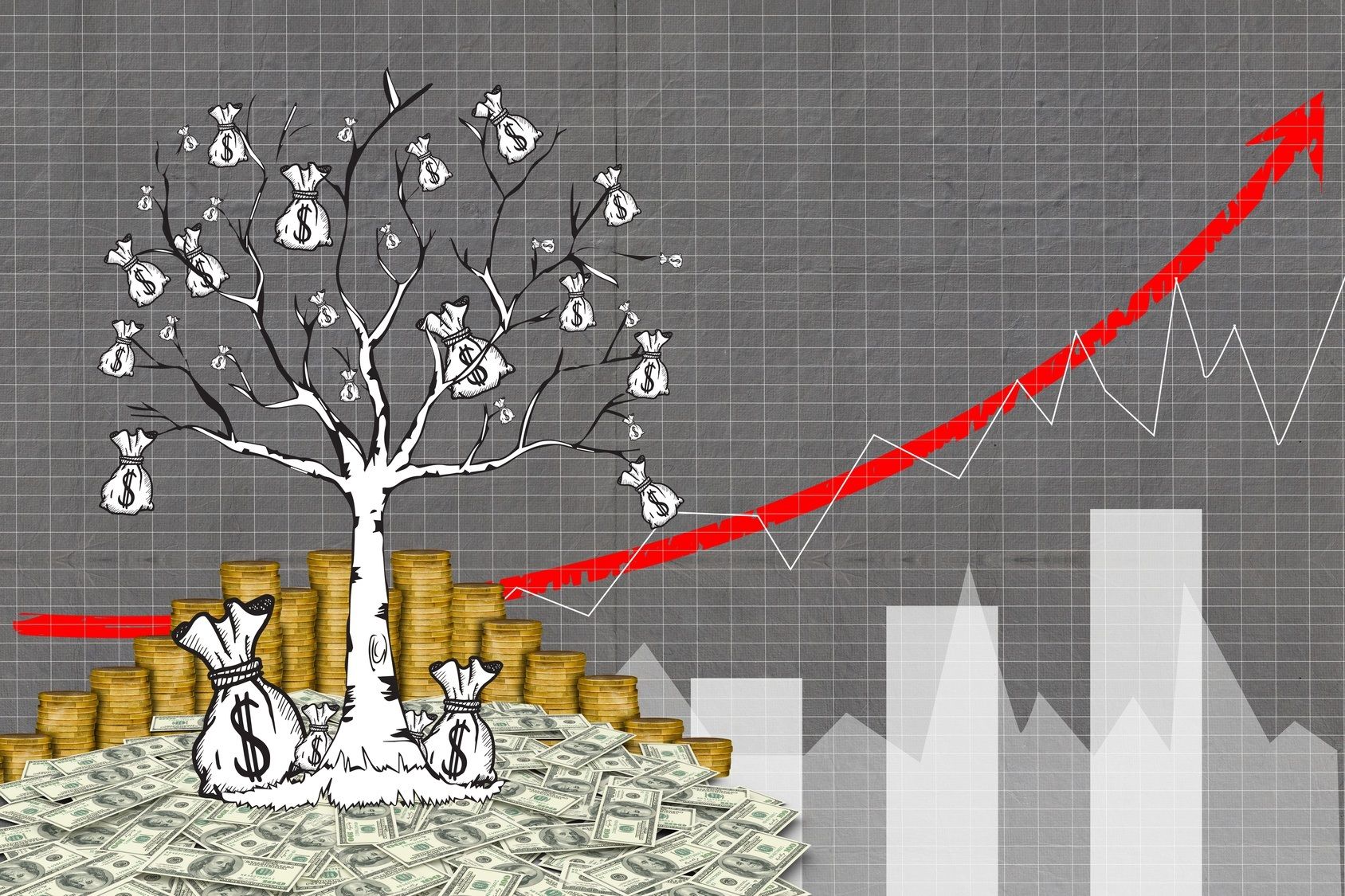Who Decides What is Normal?
Posted on — 1 CommentApproximately half of the states in the US are starting to relax social distancing measures. This fractious approach to returning to “normalcy” has become the defining characteristic of the country’s response to COVID-19. Some states are extending aggressive stay-at-home measures. Others never fully embraced them in the first place.
Despite this asymmetry, there appears to be a uniform hesitance among Americans to embrace business as usual. While the government and states can issue formal re-opening declarations, they cannot force people to spend. This divergence is the reason so many expect that the economic recovery will take so long.
Consider survey data published in The Kiplinger Letter, which indicates that half of US consumers will not feel comfortable returning to their normal routines until a vaccine is ready. Such a vaccine will likely require a minimum of one year to develop and distribute, if ever. The same research shows that nearly one-quarter of consumers think that the pandemic will last another six months. Another one-quarter expect current circumstances to last for another year.
These survey findings underscore an important fact about our economy; consumers decide when the recovery begins, not the government. This fact has major implications given that 67% of the US GDP is made up of personal consumption expenditures. In short: until consumers feel safe enough to get back to shopping the economy will have a low pulse.
Equity investors are feeling these effects. Many of the companies included in the S&P 500 require a healthy level of consumer spending. For this reason, they are seeing a decline in share values. At the same time these companies are suspending their dividend payments. A defensive pivot is unlikely for many of these businesses who, like giant oil tankers, are simply too large to change direction and navigate a new course that is less dependent on consumer spending. They, like so many others, will have to make aggressive cost cutting measures and wait out the storm.
Individual investors, however, do not need to wait. They can make moves now. They can choose gold, an asset that is not beholden to the all-important consumer spending that governs our twenty-first century economy. Now it the time for investors to release themselves from the shackles of consumer sentiment.
Even as a recovery does begin to take shape it is unlikely that consumers will return to the spending levels seen before the pandemic. Family budgets will have long since contracted. Lower consumption will be the new normal as Americans become more accustomed to simpler living that involves less shopping. Some have suggested that pent-up demand will unleash a tidal wave of spending. This, however, is unlikely as more people struggle to cover ordinary living expenses in the wake of 20 million job losses in the month of April alone. Today, the unemployment rate is 14.7%, representing the worst figure since 1939. Recoveries happen in inches, not yards.
Forward-thinking investors are taking this opportunity to shore up their investible assets and preserve and even grow their wealth with an investment in gold.
Want to read more? Subscribe to the Blanchard Newsletter and get our tales from the vault, our favorite stories from around the world and the latest tangible assets news delivered to your inbox weekly.
1 thought on “Who Decides What is Normal?”
Comments are closed.








Please do an article how cryptos are damaging the rate of increase in the gold price.